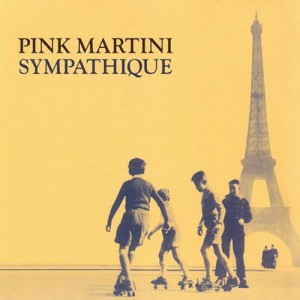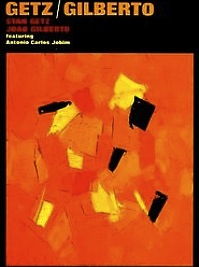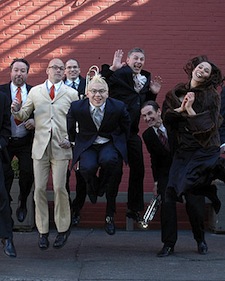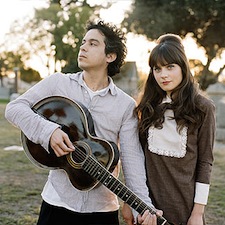Grabbed the first Pink Martini album tonight (after I noticed my friend Leah listening to the later albums on the server the other night, and she really should hear the first one which is amazing) as well as the stereo release of Xenakis’ ‘La Legende d’Eer’, some Lee Morgan and Barenboim’s complete Mozart concert recordings. I doubt I’ll get through all of them tonight, but it sure is nice getting back to ripping discs rather then transferring gigabytes of MP3s.
Pink Martini has done a few good albums over the past decade or so, and I imagine they would be great to see live. What I would REALLY hope to do is see them perform in a dance hall… but they usually seem to play in symphony halls instead to audiences sitting in seats. This arrangement may work just fine for some of their most recent music, but one of the aspects I loved about the first record is how much it was ballroom music. It is also the only album the group did with Pepe Raphael as one of the vocalists, and I would say that his latin tenor is missed (his ‘solo’ album is OK as well, but his singing on this first Pink Martini record is so strong that the solo album sounds weak in comparison).
Sprinkled in with a few originals on the disc is an amazing version of ‘Que Sera Sera’, probably the second best version of this song I’ve ever heard (after the one that Sly and the Family Stone did of ‘Fresh’), a song (‘La Soledad’) written by Pepe that uses Chopin underneath the orchestra textures and a great re-working of Ravel’s ‘Bolero’. The last of these, I just saw on Wikipedia, has been removed from more recent releases of the disc. This is truly a shame, so if you go on a search for it make sure you look for it used and with ‘Bolero’ intact.
While I think the dance floor is where one should listen to Pink Martini, a large concert hall is the place to hear Xenakis’s ‘La Legende d’Eer’. I think this piece is one of THE masterpieces of late 20th century music, and probably my favorite piece by Xenakis. It may even be my favorite piece of electronic music. If you haven’t heard it though, you should know that it is not a piece that is necessarily enjoyed. It is a brilliant work of art, but it is hard to get through. I have played it for my computer music classes every year that I have taught the course, and a couple of years ago I programmed it on a DXARTS concert. We were able to get the original tracks (after WAY to much work – the first version we got from the publisher had all the tracks in reverse with lots of distortion and digital noise, the second try was better, but there were still problems with the transfer that I had to clean up). I created a spatialized version of the piece based on the original speaker set-up, and the result was amazing. The original performance featured lasers and timed lights as well (for which there is some photographic documentation), but just hearing the piece in Meany Hall in surround gave the work even more depth. The stereo recording of this piece that exist are well done though. If you ever see a performance advertised, I highly recommend you go hear it. But be prepared… this is music that was written by a man that saw some of the horrors that mankind is able to produce. Great art should move and physiologically alter you. There are parts of this piece that are terrifying, parts that wear you down physically, and by the end you are exhausted, while at the same time energized and shaking by the adrenaline that your body has produced over the 45 minutes of the piece.







